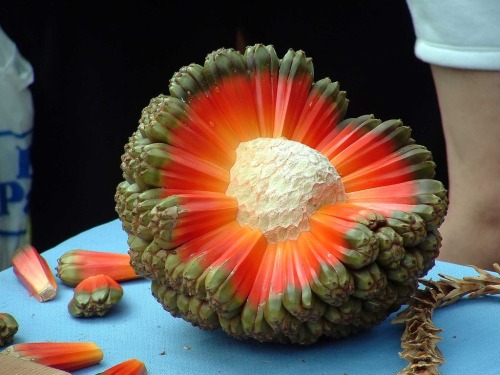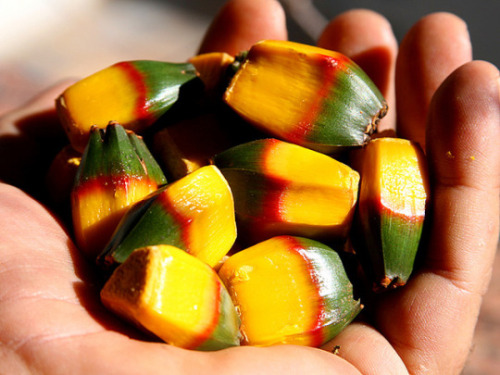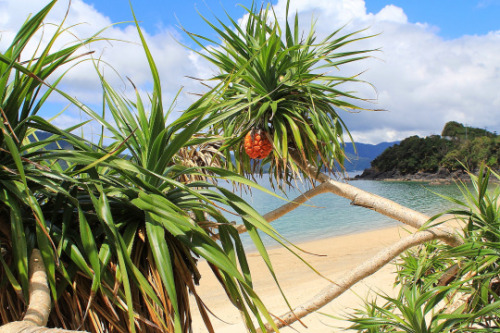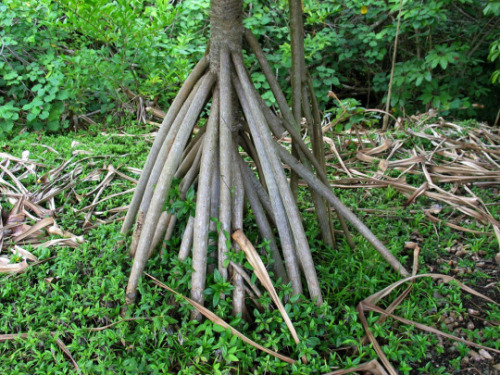#pandanus
U L A N A MOENA L A U H A L A #Lauhala #pandanus #hala #kukaa #kapaolonopuha #kapāolonopūhā #moena #ulana #hawaij #ike #kanaka #maoli #teamhawaii #weave #culture
https://www.instagram.com/p/BvIODbPhfC6/?utm_source=ig_tumblr_share&igshid=1h4zyzjobti1f
Post link
Hala tree - Pandanus tectorius
The Hala tree or Screw Pine, Pandanus tectorius (Pandanales - Pandanaceae) is small tree native to the tropical Pacific shores of Polynesia, Micronesia, Melanesia and Australia.
Pandanus tectorius trees are either male or female. Female trees produce a large, amazing, segmented fruit somewhat resembling a pineapple. Male trees produce large clusters of tiny, fragrant flowers surrounded by white to cream colored bracts.
The fruit of Pandanus tectorius is a round or oval head about 8 inches long and consisting of numerous segments called carpels, phalanges, or keys (first and second photo). There are 40 to 80 keys in each fruit. The color of the fruit ranges from yellow to orange to reddish when ripe. It takes several months for the fruits to ripen. Ripe fruits are very fragrant.
This is one of the most useful trees to Pacific Islanders. The leaves, which are the most useful part of the plant, are woven or plaited into mats, thatch, sails, baskets, hats, local fans, etc. Furthermore, the fruit of the Hala tree is a major source of food in Micronesia especially on the atolls. The fleshy, juicy keys can be eaten raw or cooked. And, the juice from the aerial roots tips (last photo) was used as a tonic and to treat scrofula, a tuberculous infection of the skin of the neck, most often caused by mycobacteria.
Photo credits: [1: source] - [2: ©Marcelo Lutterbach | Locality: Madagascar, 2007] - [3: ©L.S.P. tokyo | Locality. Amami Ōshima, Kagoshima Prefecture, Japan, 2014] - [4: ©David Eickhoff (CC BY 2.0) | Locality: Hoʻomaluhia Botanical Garden, Oʻahu, Hawaii, 2008]
Post link





